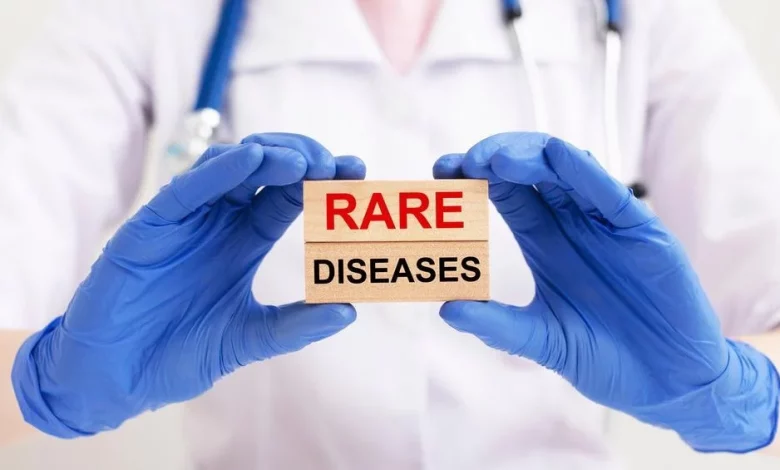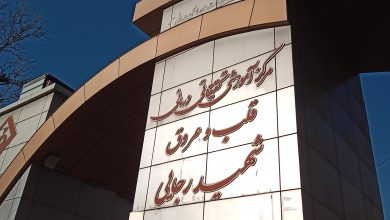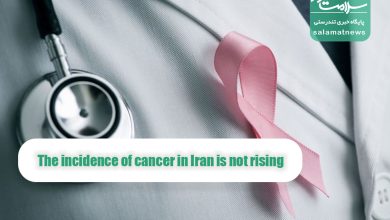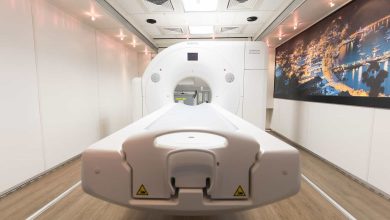3 Million Rare Disease Patients in Iran Left in Limbo as National Plan Remains Unimplemented

Around three million Iranians suffering from rare diseases remain in uncertainty as the country’s Ministry of Health has yet to implement the National Document for Rare Diseases, despite its official approval and endorsement by two presidents. These patients, affected by 473 types of rare conditions, continue to face serious challenges in diagnosis, treatment, and access to essential medicines.
According to Yaser Davoudian, Chairman of the Board of the Iranian Rare Diseases Foundation, the lack of a clear operational framework within the Ministry of Health has left the country without accurate statistics on rare disease patients. “We currently have 473 identified rare diseases in Iran, affecting approximately three million people. However, this figure only reflects registered cases—the actual number may be much higher,” Davoudian told ISNA.
Lack of Definition and Clarity from the Ministry of Health
Davoudian criticized the absence of a clear definition for rare and special diseases in Iran, noting that this ambiguity has led to administrative neglect. “The Ministry of Health has not yet provided a precise classification for rare diseases, which has resulted in patients being left in the shadows,” he said.
He also emphasized that the National Document for Rare Diseases—formally adopted in previous administrations—remains largely unimplemented. “Although the document has been approved and communicated by two presidents, the Ministry of Health has yet to take practical steps toward its execution,” he added.
Treatment and Medication Challenges
One of the most critical issues facing rare disease patients is access to specialized medications. Many of these drugs are imported and extremely expensive. “Due to the lack of accurate patient statistics, local pharmaceutical production is often deemed economically unviable,” Davoudian explained.
In addition to medication shortages, patients frequently struggle to access specialized medical care, especially in advanced cases.
Critical Conditions for Certain Diseases
Conditions such as MPS (Mucopolysaccharidosis), SMA (Spinal Muscular Atrophy), and immune system deficiencies are reported to be in particularly critical condition. Patients suffering from these diseases—often diagnosed in infancy or early childhood—face severe pain and rapid physical decline due to the scarcity of necessary drugs.
Inadequate Insurance Coverage
Another major challenge is the lack of comprehensive insurance support. Currently, only 122 of the 473 identified rare diseases are covered by national insurance plans, leaving nearly 300 conditions without financial protection.
“This gap places a heavy financial burden on patients and their families,” Davoudian said.
Call for Immediate Action
Davoudian urged the Ministry of Health to take immediate and concrete steps toward accurately identifying patients and building the necessary infrastructure for their care.
“These measures must be implemented under the framework of the National Document for Rare Diseases to address the critical needs of these vulnerable patients,” he stated.
He concluded by calling for coordinated action between the government, the Ministry of Health, and related organizations to ensure that rare disease patients in Iran can finally access their most basic rights.




